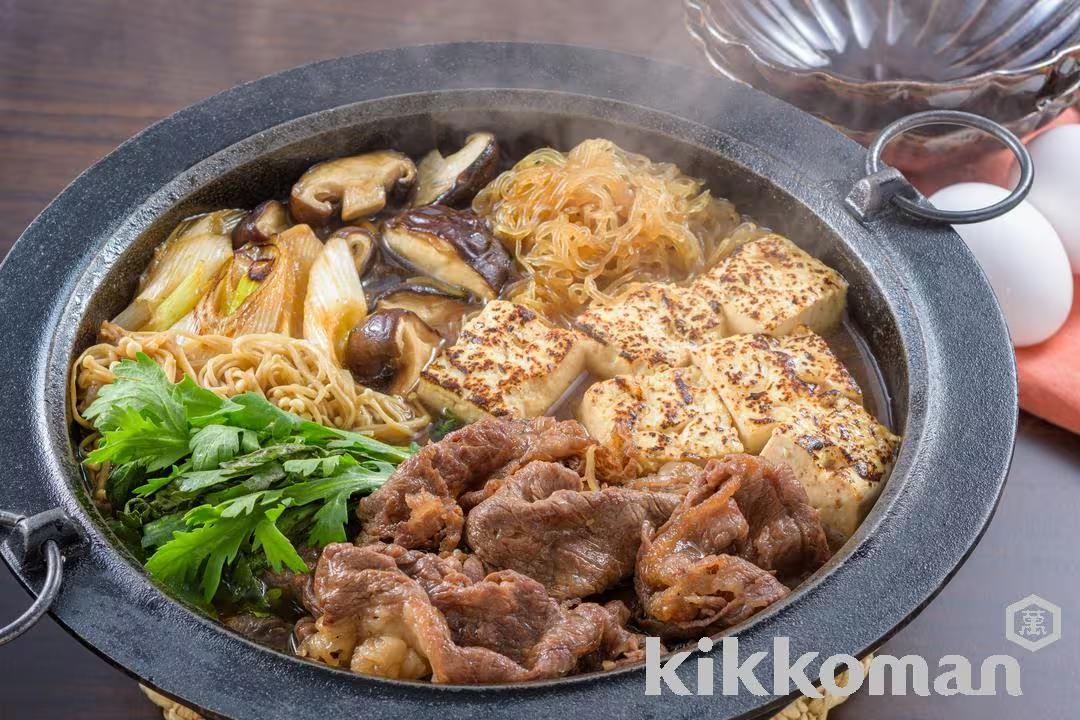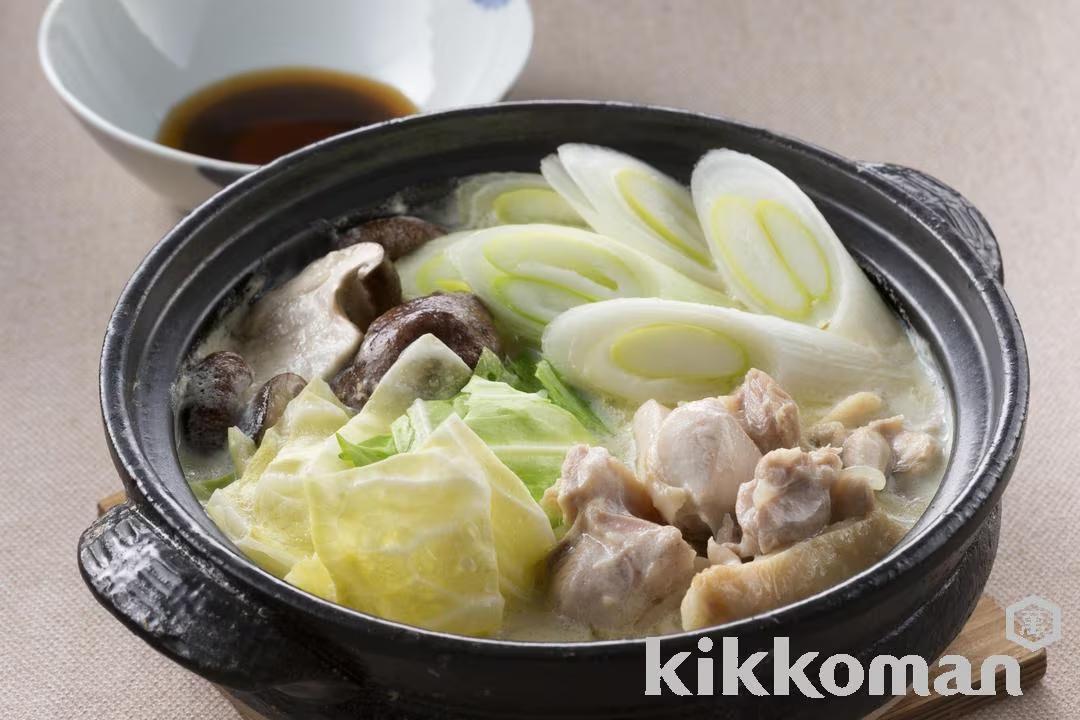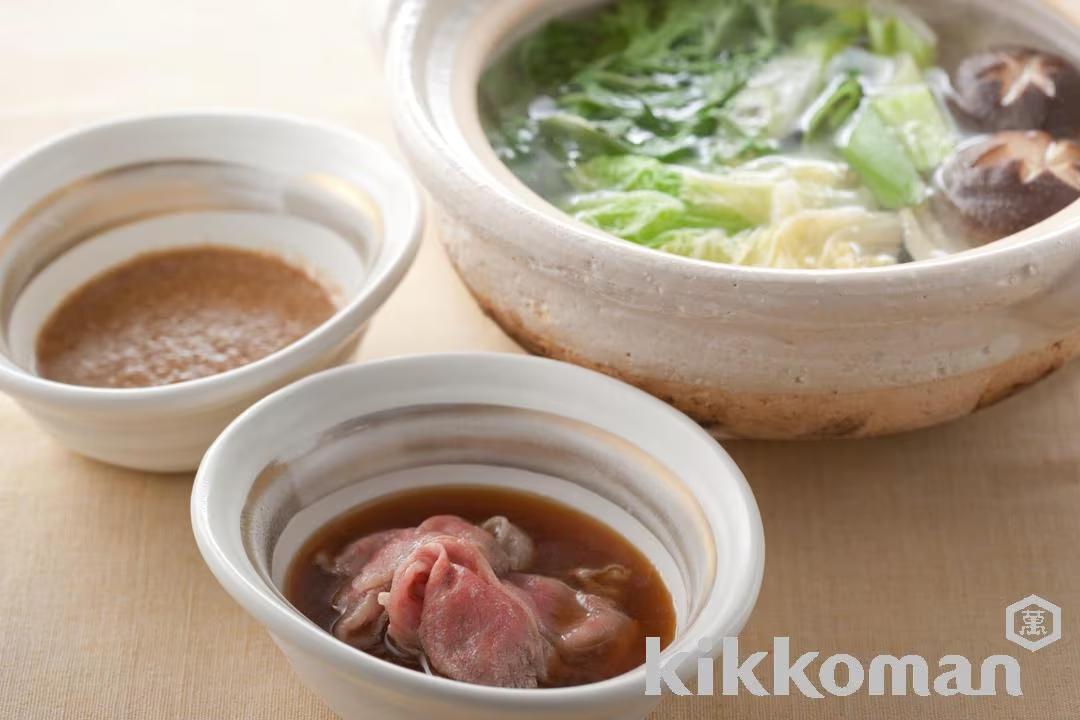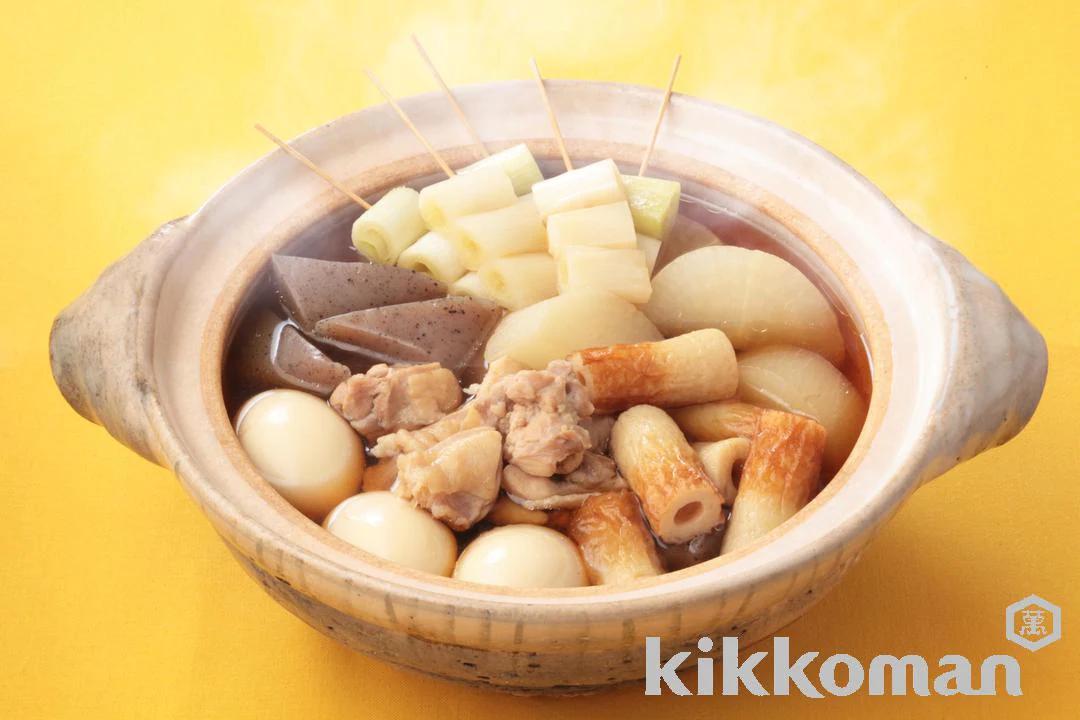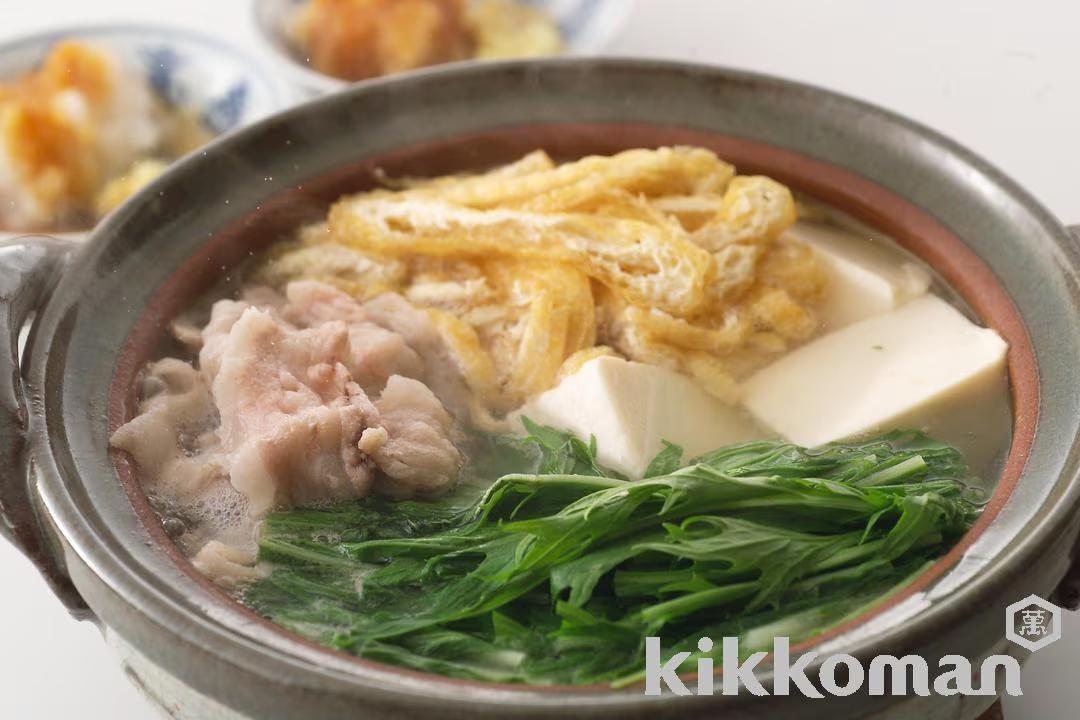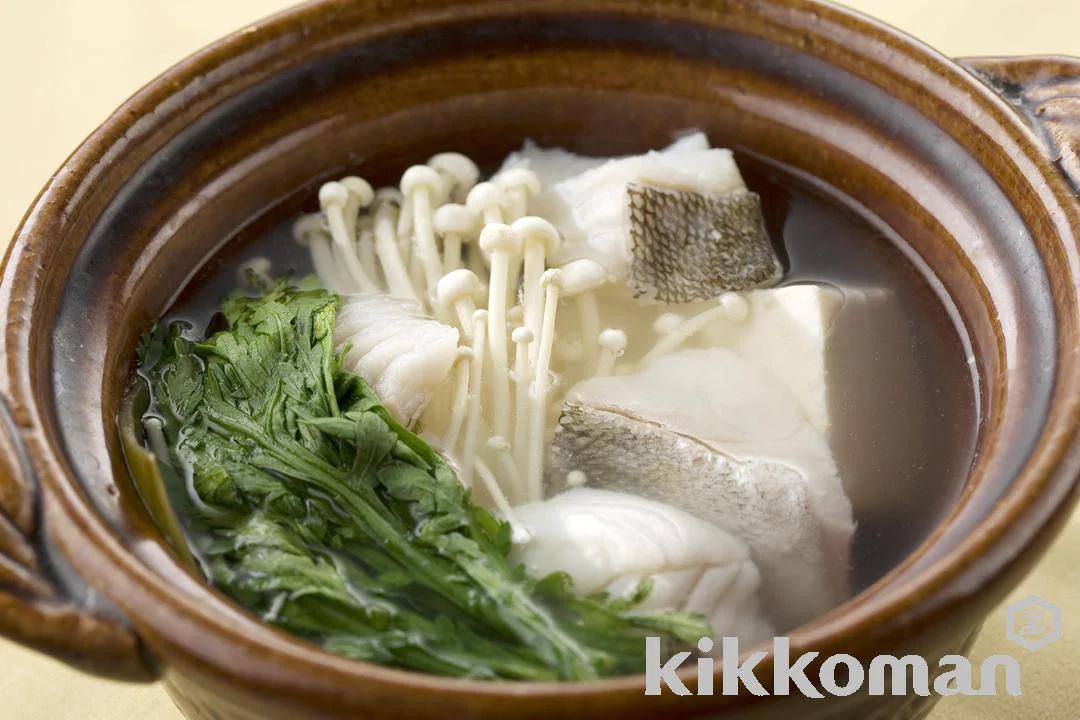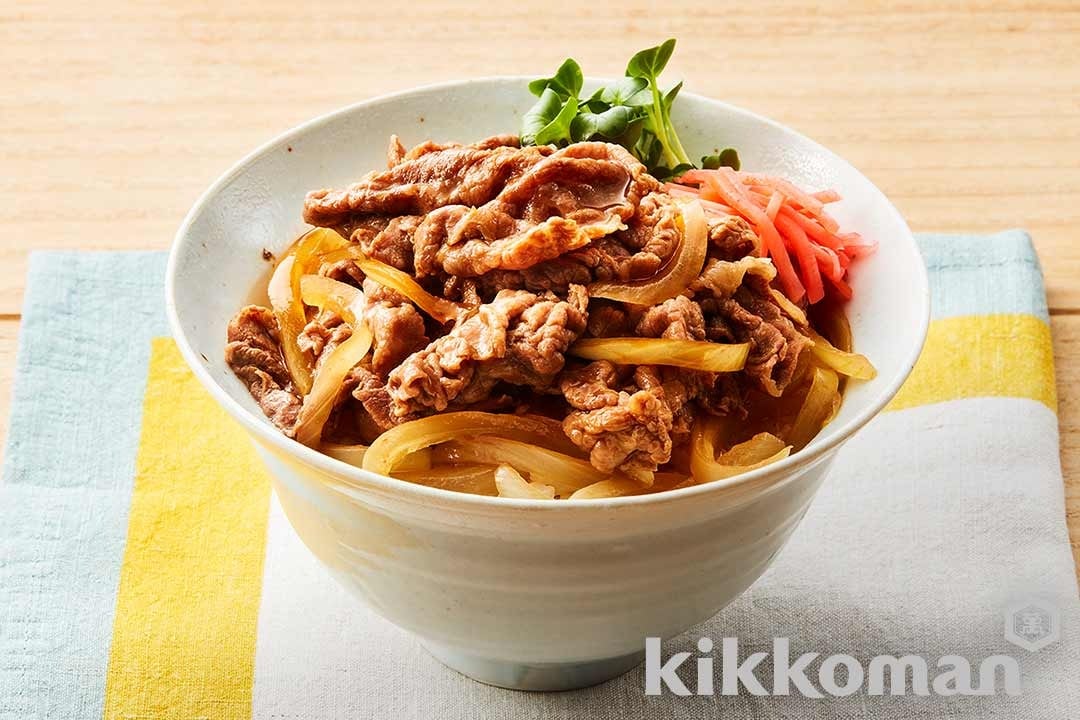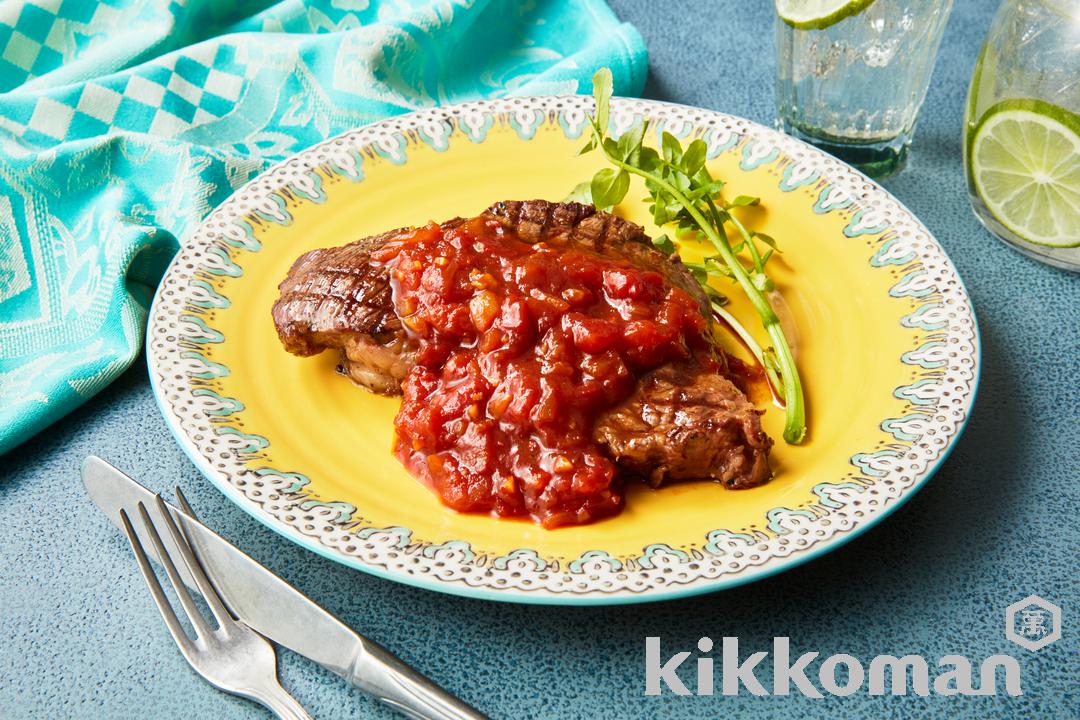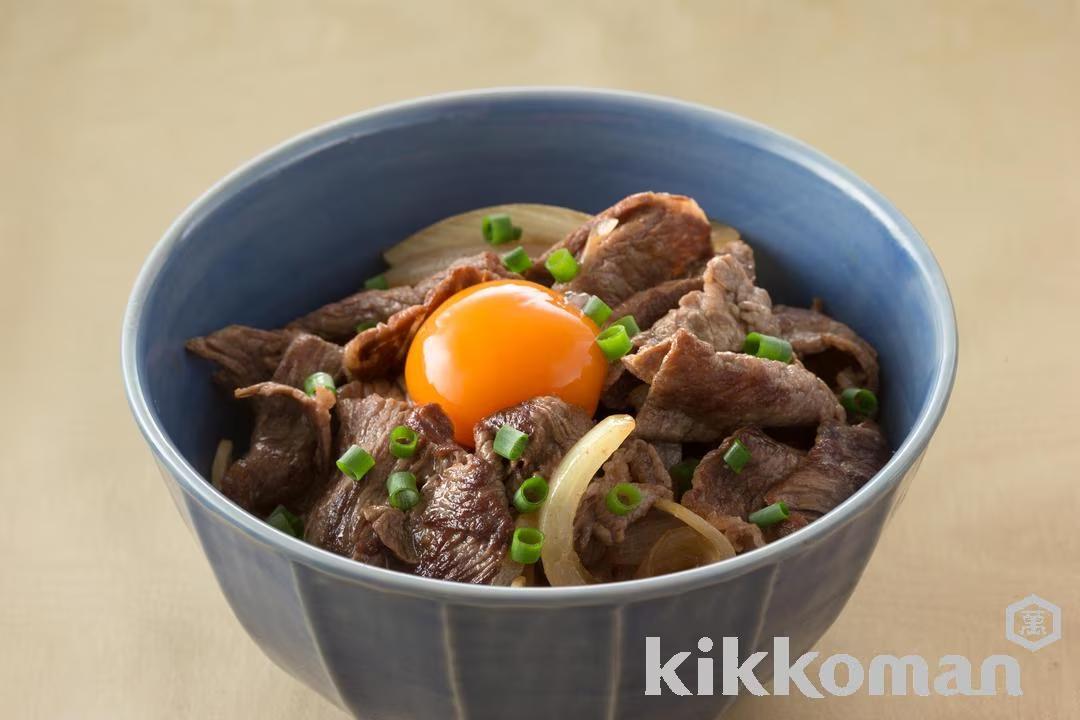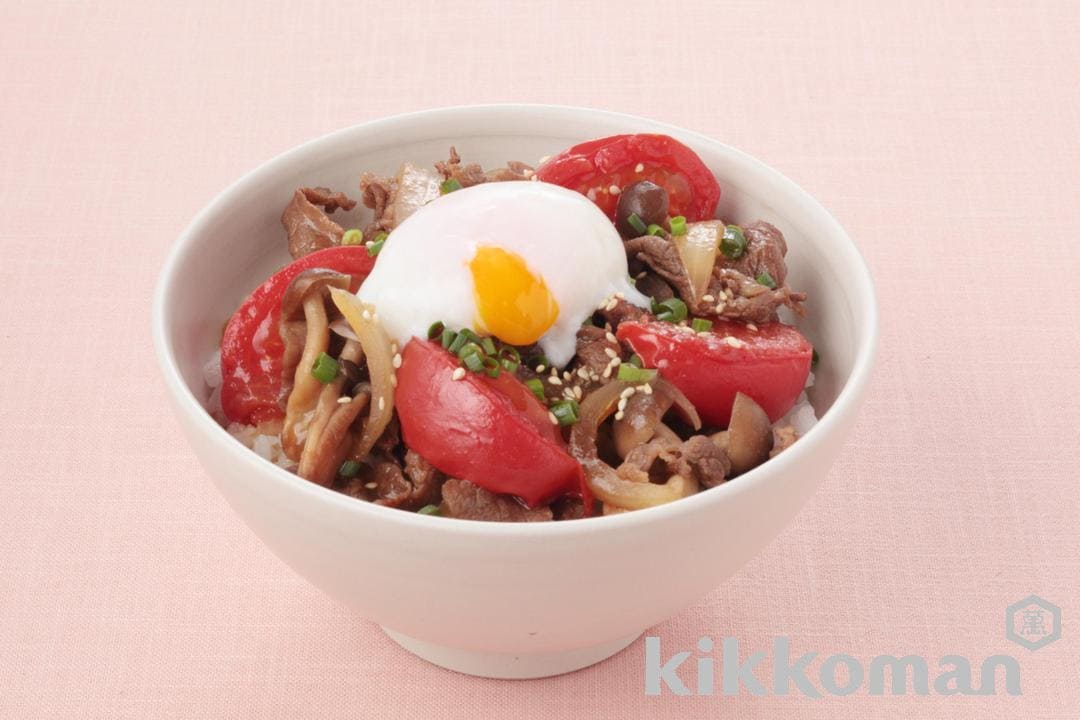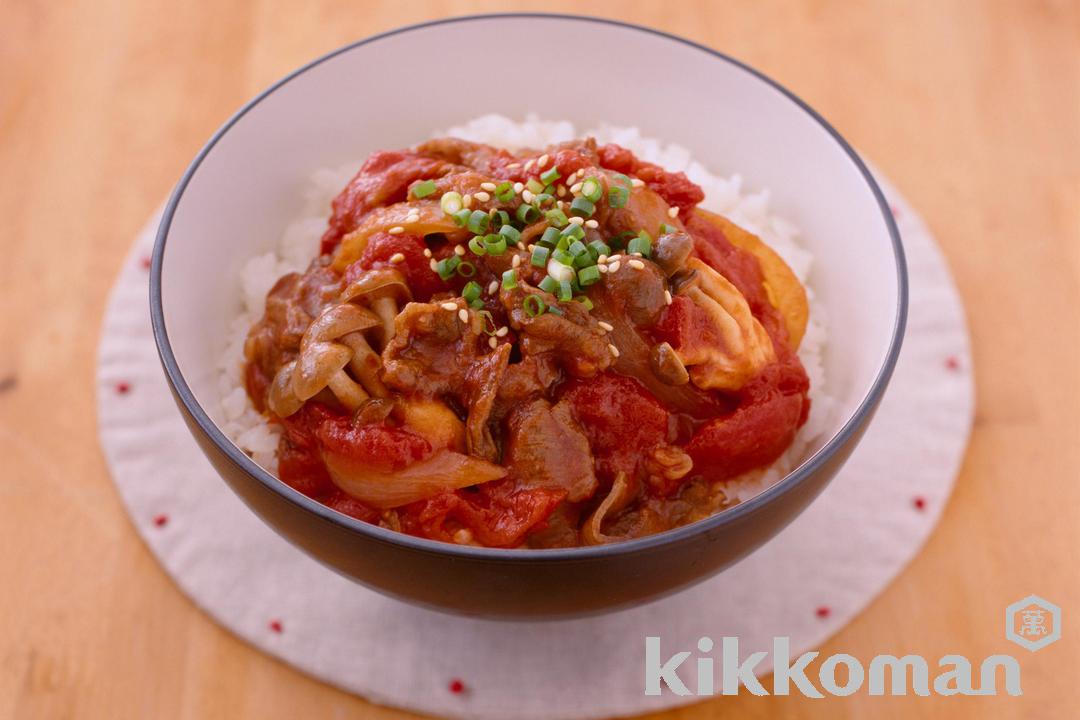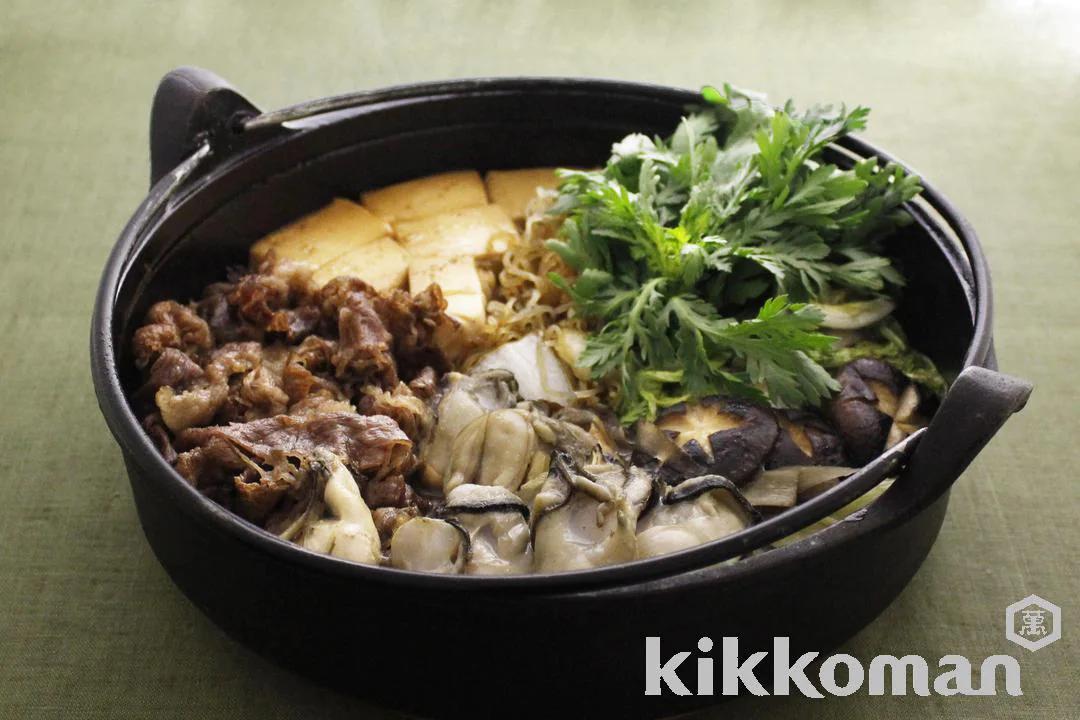
Gather around the table for Oyster Sukiyaki Nabe (Hot Pot) with sliced beef, fresh oysters, and vegetables. The oysters cooked in a sweet and savory broth is addictive!



- Nutrition facts are for one serving.
Ingredients(Servings: 4)
-
This recipe suggests dipping cooked ingredients in raw egg before eating.
To avoid food poisoning and to safely enjoy home-cooked meals, we ask you to adhere to the guidelines provided by your local Food Safety Information Center for the procurement, storage, cooking and other preparation methods of food ingredients.
Directions
-
Clean off the oysters under running water. Cut the beef slices into halves or thirds lengthwise, roughly chop up the hakusai and diagonally slice up the core. Chop the chrystanthemum leaves into 5 cm (2 in.) lengths. Slice off shavings from the burdock root, and place these into water, slice decoratively into the caps of the shiitake mushrooms, and diagonally slice the long onion into 1 cm (0.4 in.) pieces. Parboil the shirataki noodles, and chop up into easy to eat lengths. Cut the tofu block into 8 - 10 equal-sized cubes.
-
Heat up a shallow and wide-mouthed pot, melt the beef tallow and coat the bottom of the pot.
-
Place the long onions into the pot, saute until fragrant then remove. Quickly saute the beef. Once the meat is cooked pour in (A) using a circular motion.
-
Turn the heat to low and add in all remaining ingredients except for the oysters. In order to spread the flavor throughout, ocassionally turn the ingredients over while boiling. Next add in the oysters and continue to boil until cooked to your preference. If desired, dip the ingredients into a beaten raw egg and enjoy.
Cooking Basics
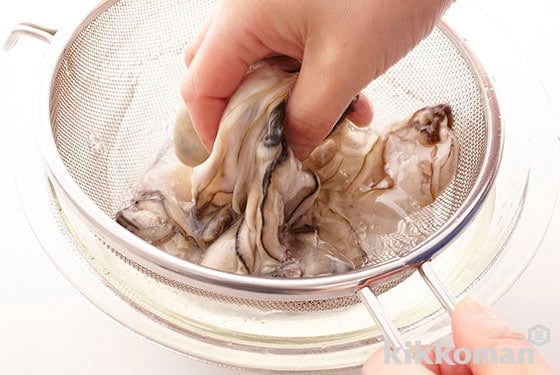
Place the oysters into a strainer, then place into 3% salt water and lightly stir with your hands. Clean by shaking the bowl back and forth. By doing so not only sand, but any sliminess and strong odor will also be removed. After cleaning, use paper towels to thoroughly remove any remaining moisture.
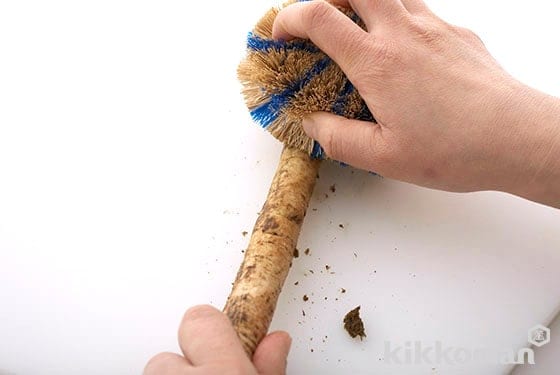
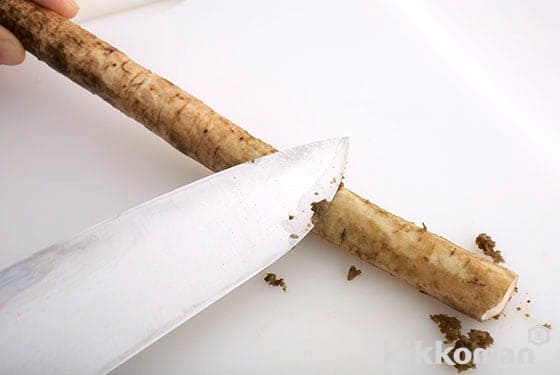
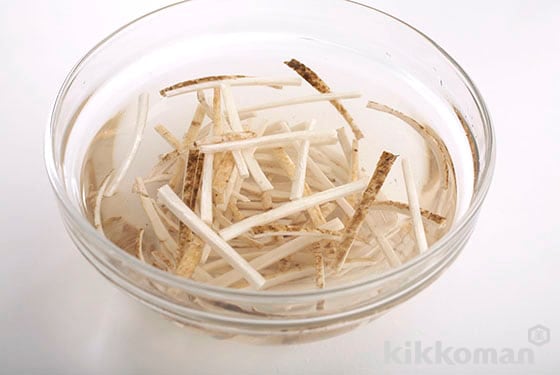
Since the flavor of this root vegetable is located between the skin and the root itself, peel off the skin as thinly as possible. For recently picked and fresh roots in soil, a quick scrub with a natural bristle scrubber or vegetable brush is sufficient. For older roots that have become hard, scrape with the back of a kitchen knife to remove the skin. Burdock root has a high lye content. Cut and soak in water for about 5 to 10 minutes to remove excess lye. However if soaked for too long or if the water is replaced, the flavor also will seep out.
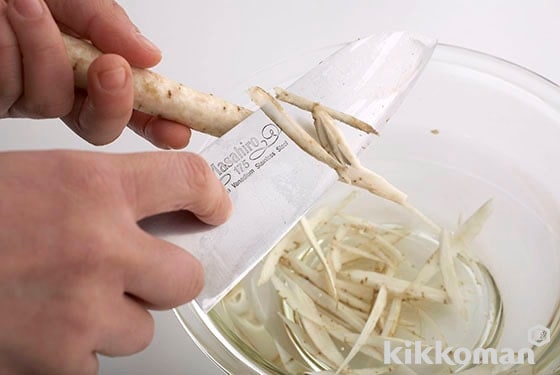
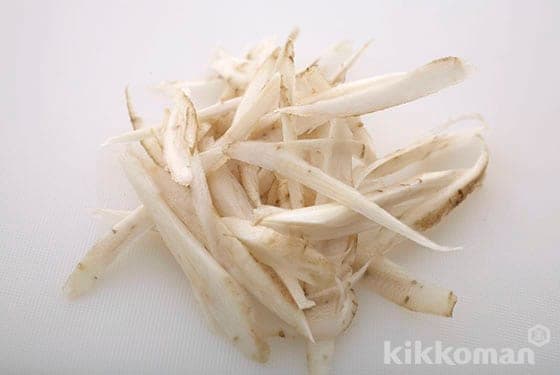
Scrape off the skin, lay a kitchen knife against the burdock root in a manner to start shaving off from the end and then proceed to shave off thin pieces. Have a bowl full of cold water ready to directly catch the burdock root shavings.
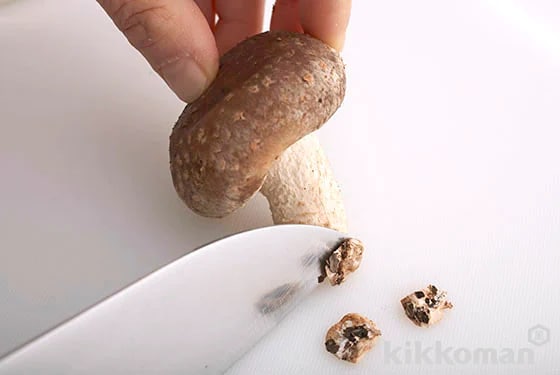
The hard base, called "ishizuki" in Japanese, is the blackish tip at the end of the stem. Use a knife to cut or scrape off this portion.
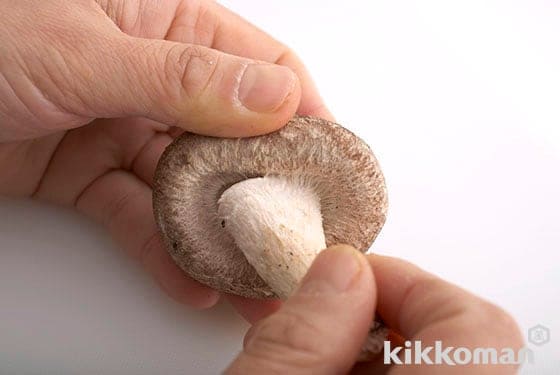
The stem can be easily removed by folding it over and pulling it off at the base, where it is attached to the cap. You can also cut it off from under the cap with a knife.

Post your creation!
Kikkoman Global (@kikkoman_global)
is posting Kikkoman Recipes.
If you made this recipe, please post it with the hashtag #KikkomanLife
We love to see your creations on Instagram!






